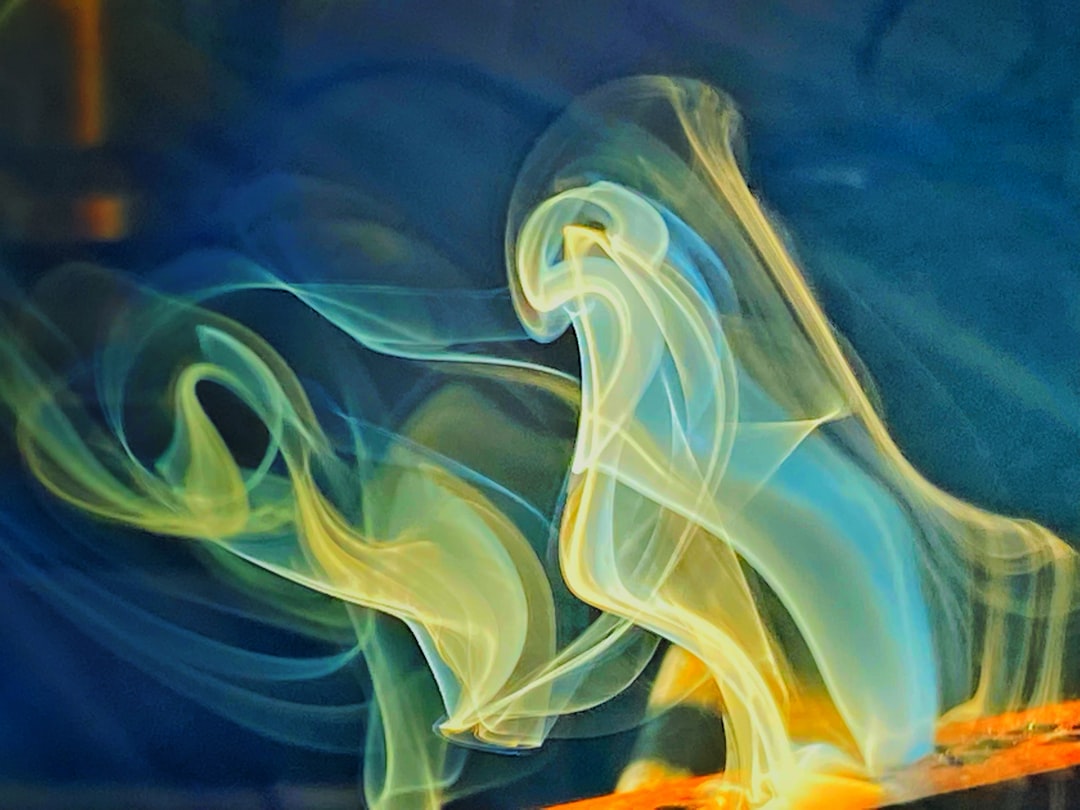What is it about?
This paper gives an explanation of how bubble nuclei are generated at solid surfaces submerged in water. The decisive factors are the structure of the water molecule, gas molecules in solution in the liquid, and alien polar contaminants which segregate and locally form tiny grids which are anchored along their rim to water molecules which bond stably to the solid surface.
Featured Image
Why is it important?
An understanding of bubble nuclei is important because these nuclei are decisive for the transition of single phase liquid water into a two-phase medium, as observed at cavitation, e.g. at ship propellers, and in cooking.
Perspectives
The paper gives an explanation of why surface nanobubbles are observed in experiments with purified water on surfaces that are cleaned-up, but not on simple solid surfaces submerged in plain water.
Dr Knud Aage Mørch
Danmarks Tekniske Universitet
Read the Original
This page is a summary of: Cavitation nuclei and surface nanobubbles: The model of non-adsorbed interfacial liquid zones, Physics of Fluids, December 2022, American Institute of Physics,
DOI: 10.1063/5.0130317.
You can read the full text:
Contributors
The following have contributed to this page










